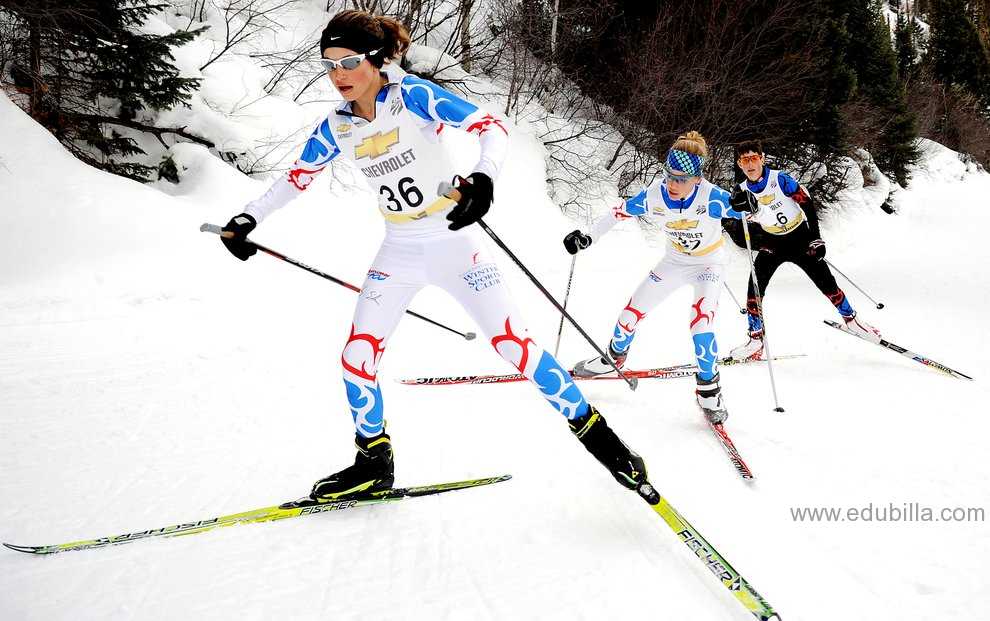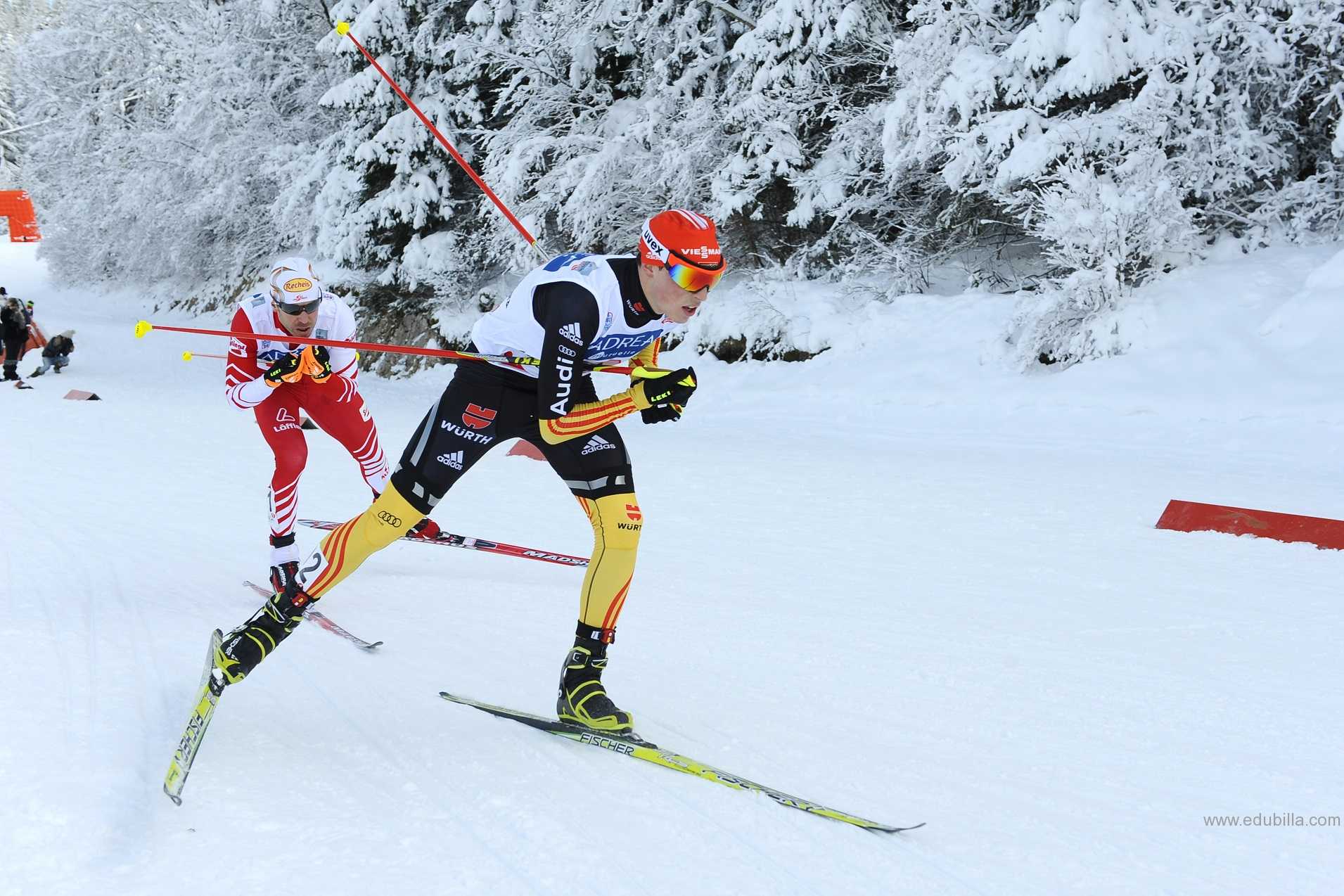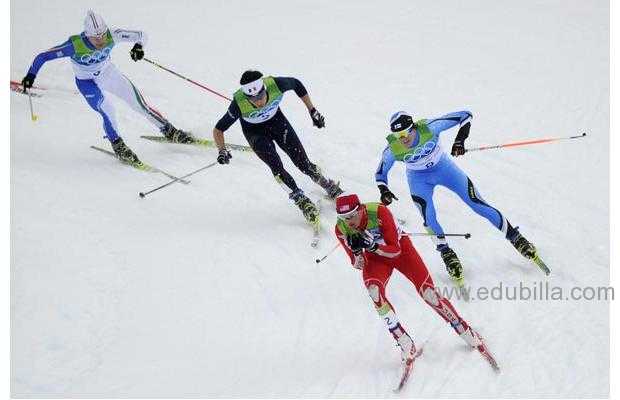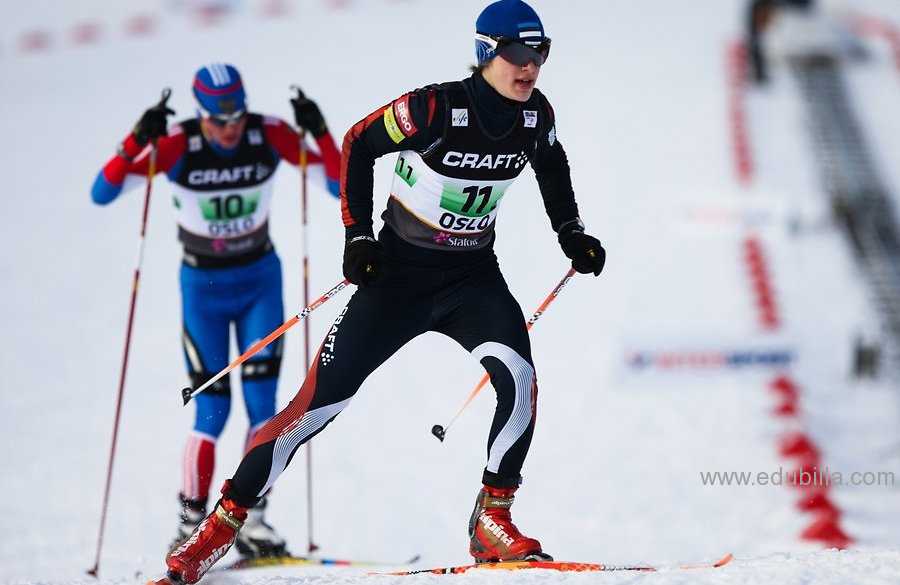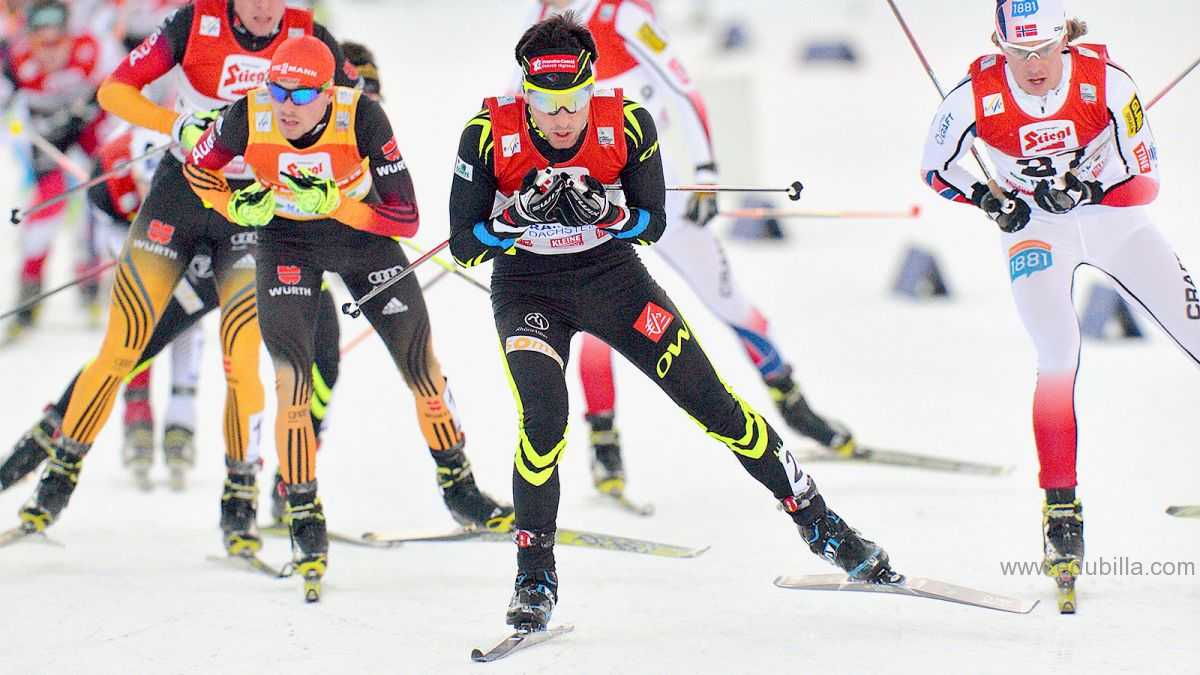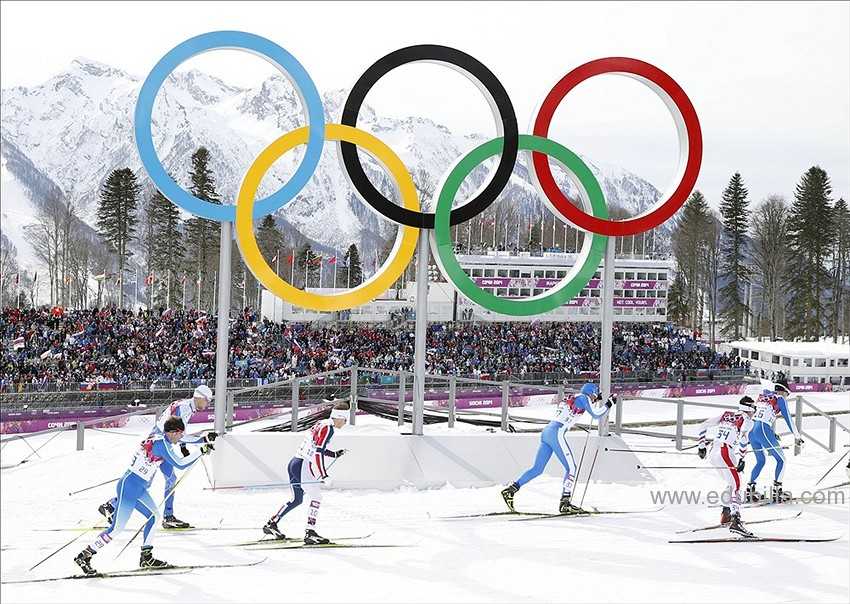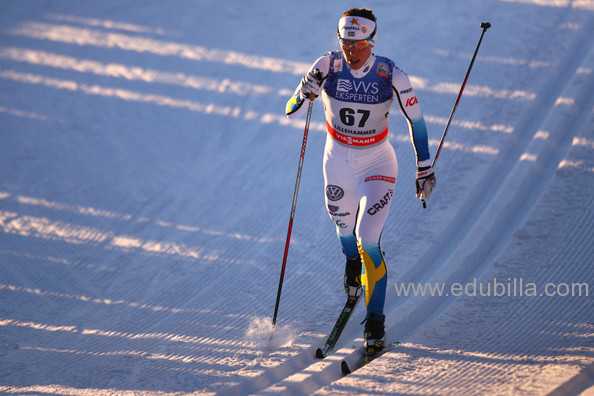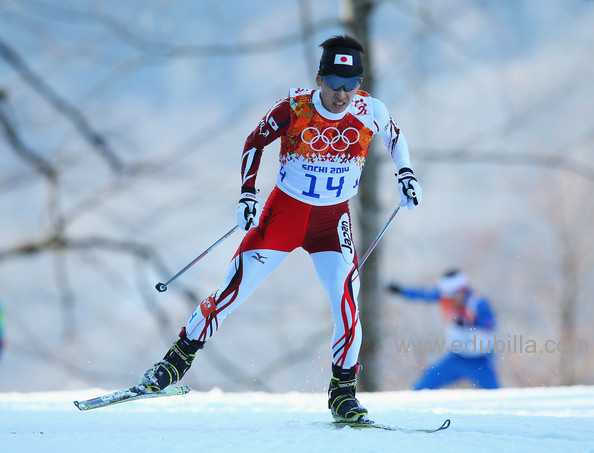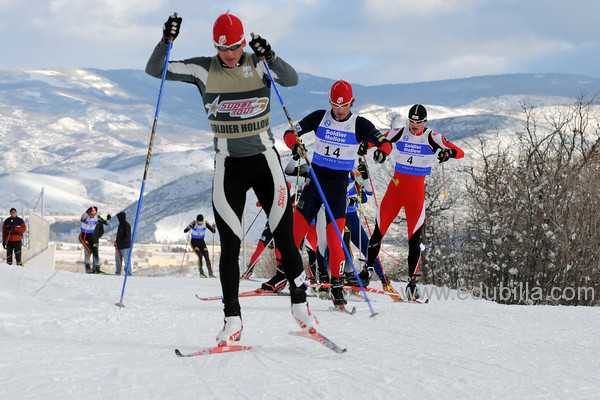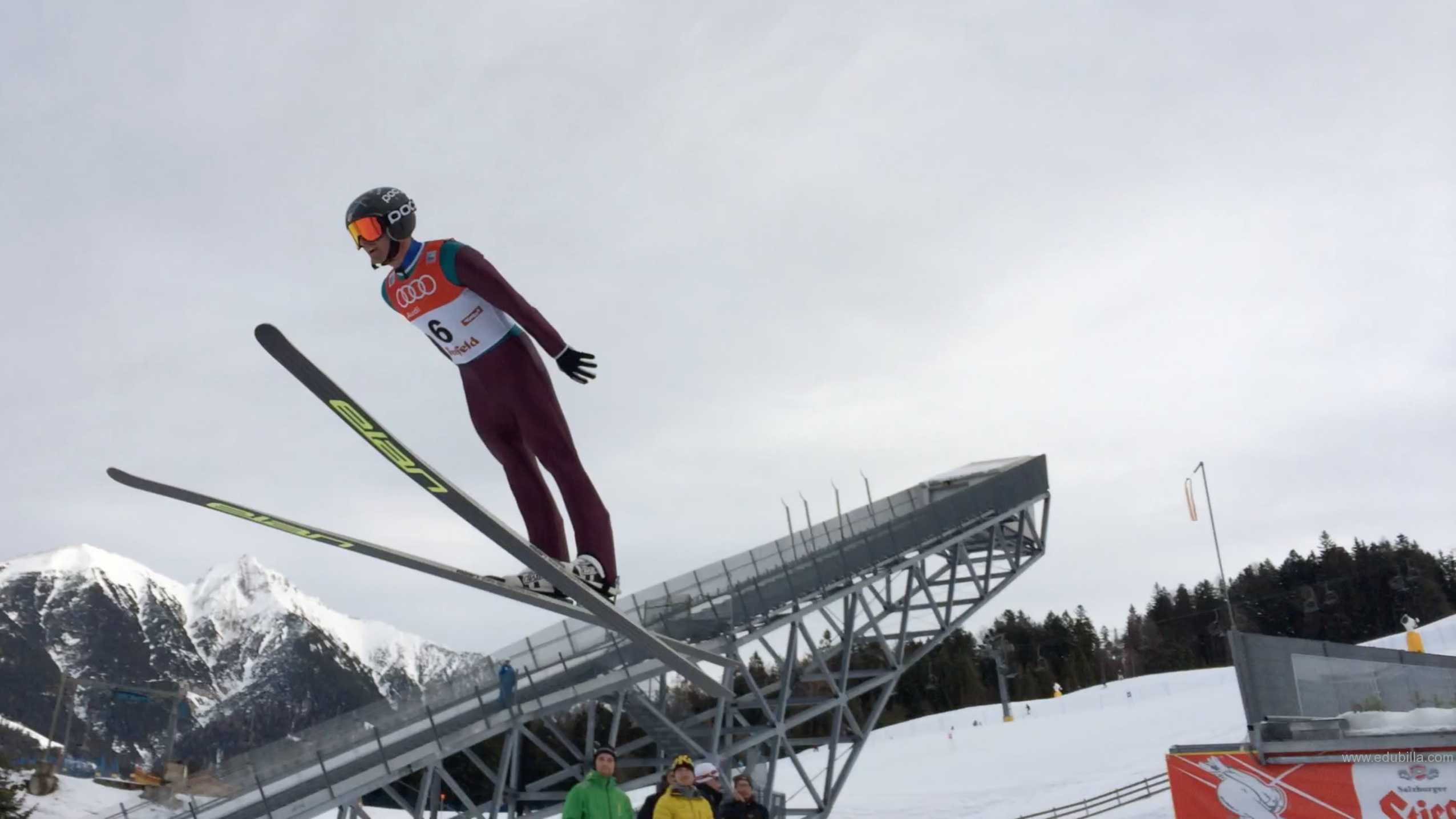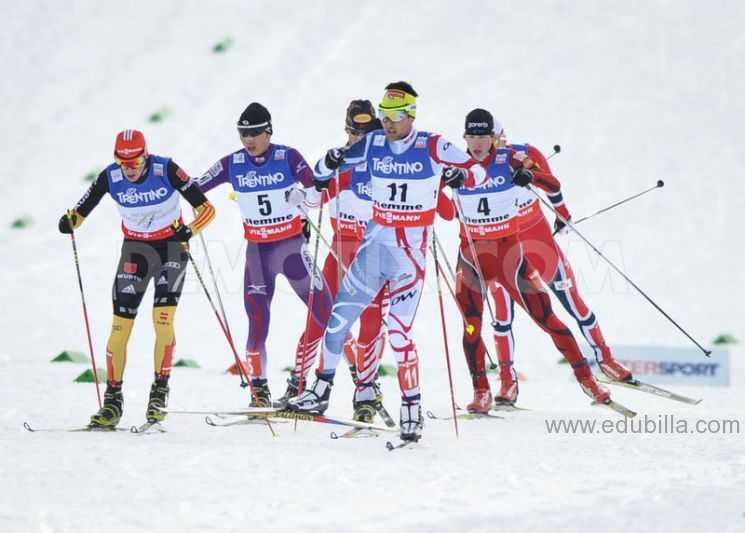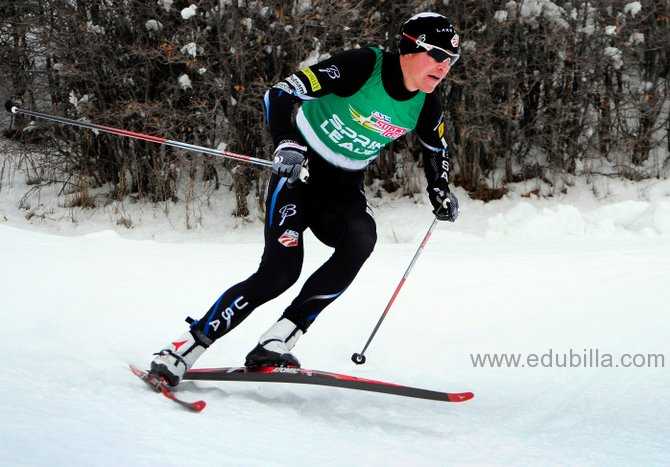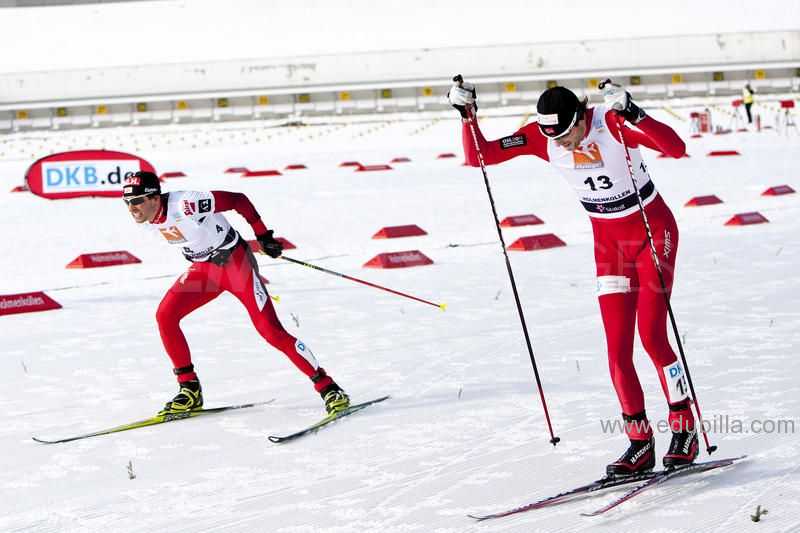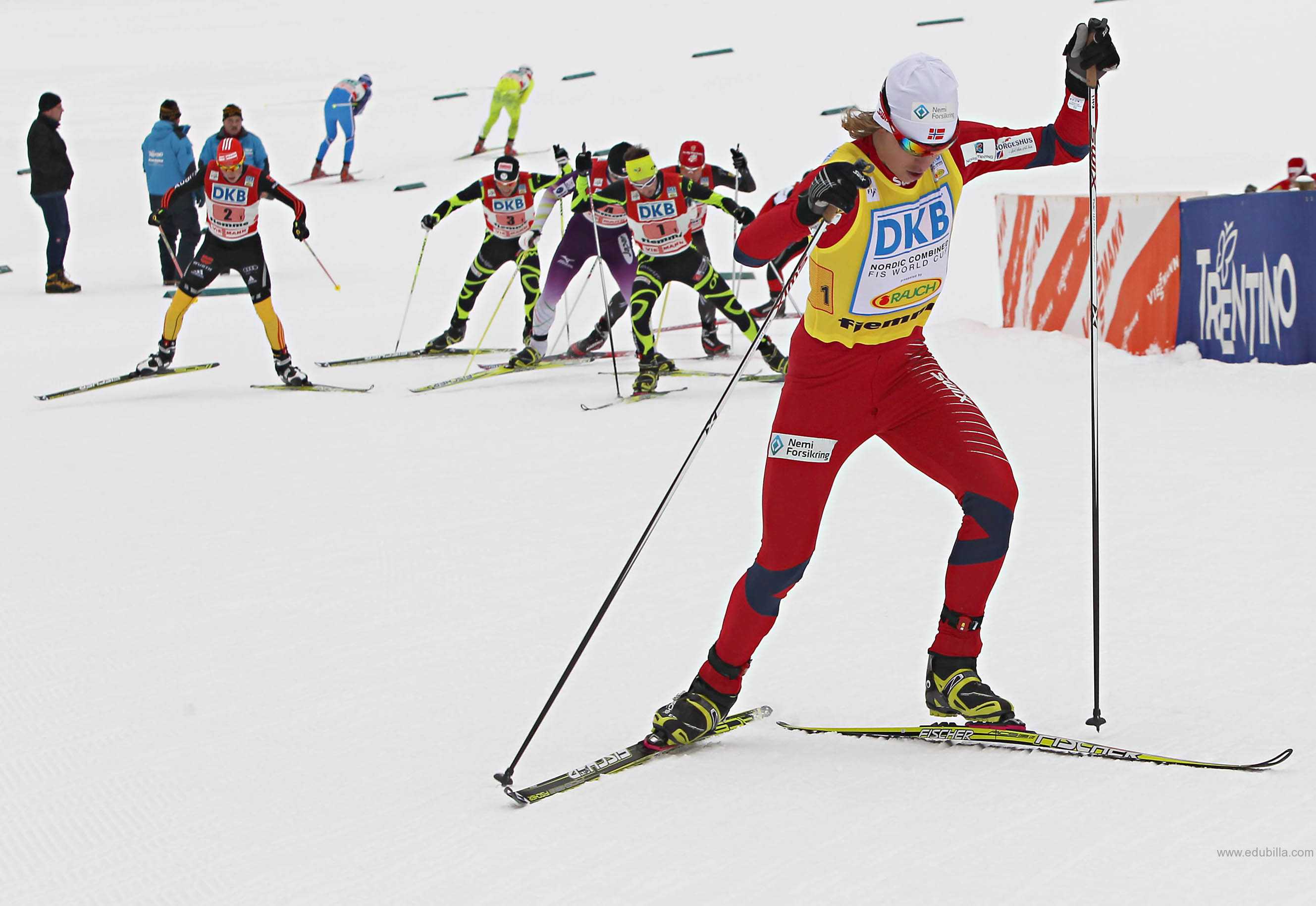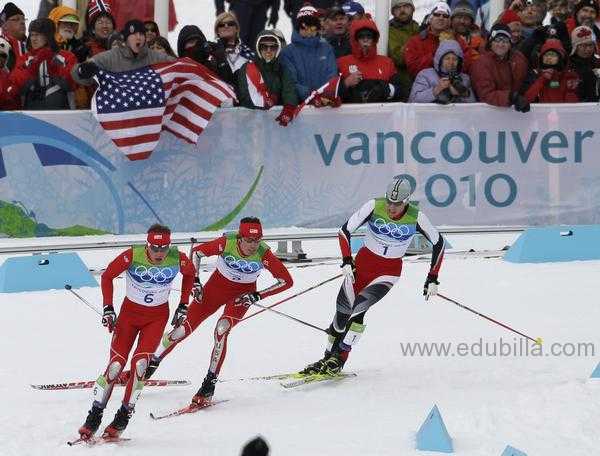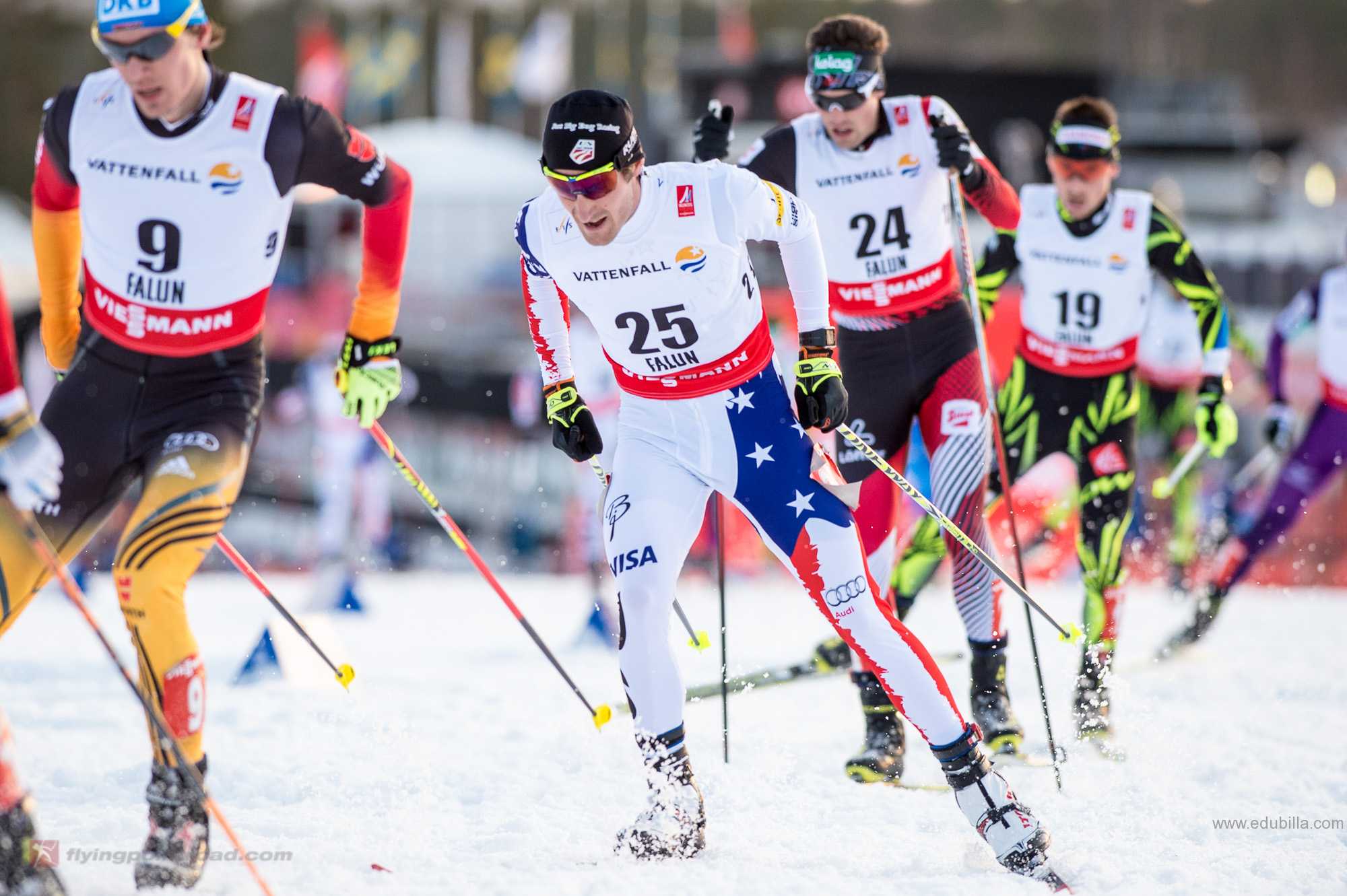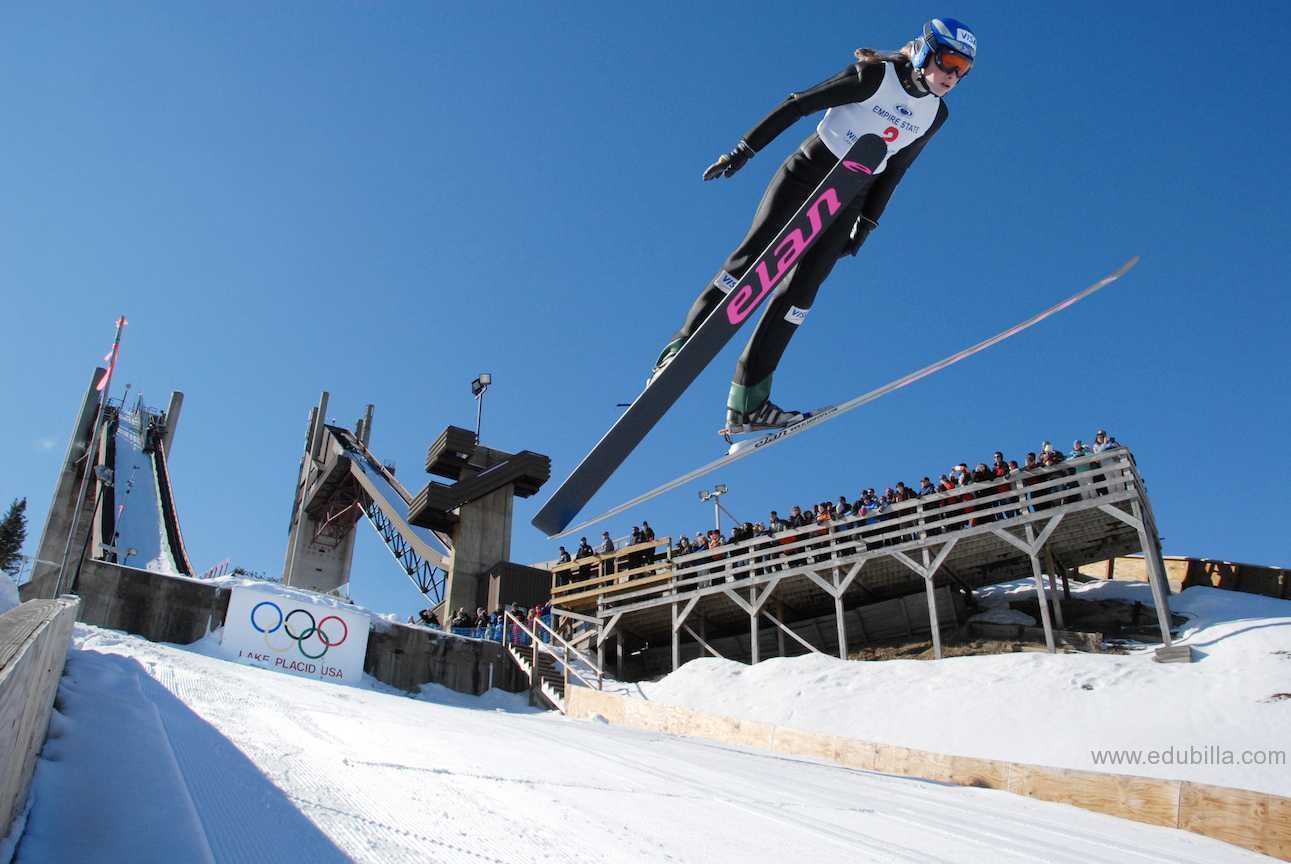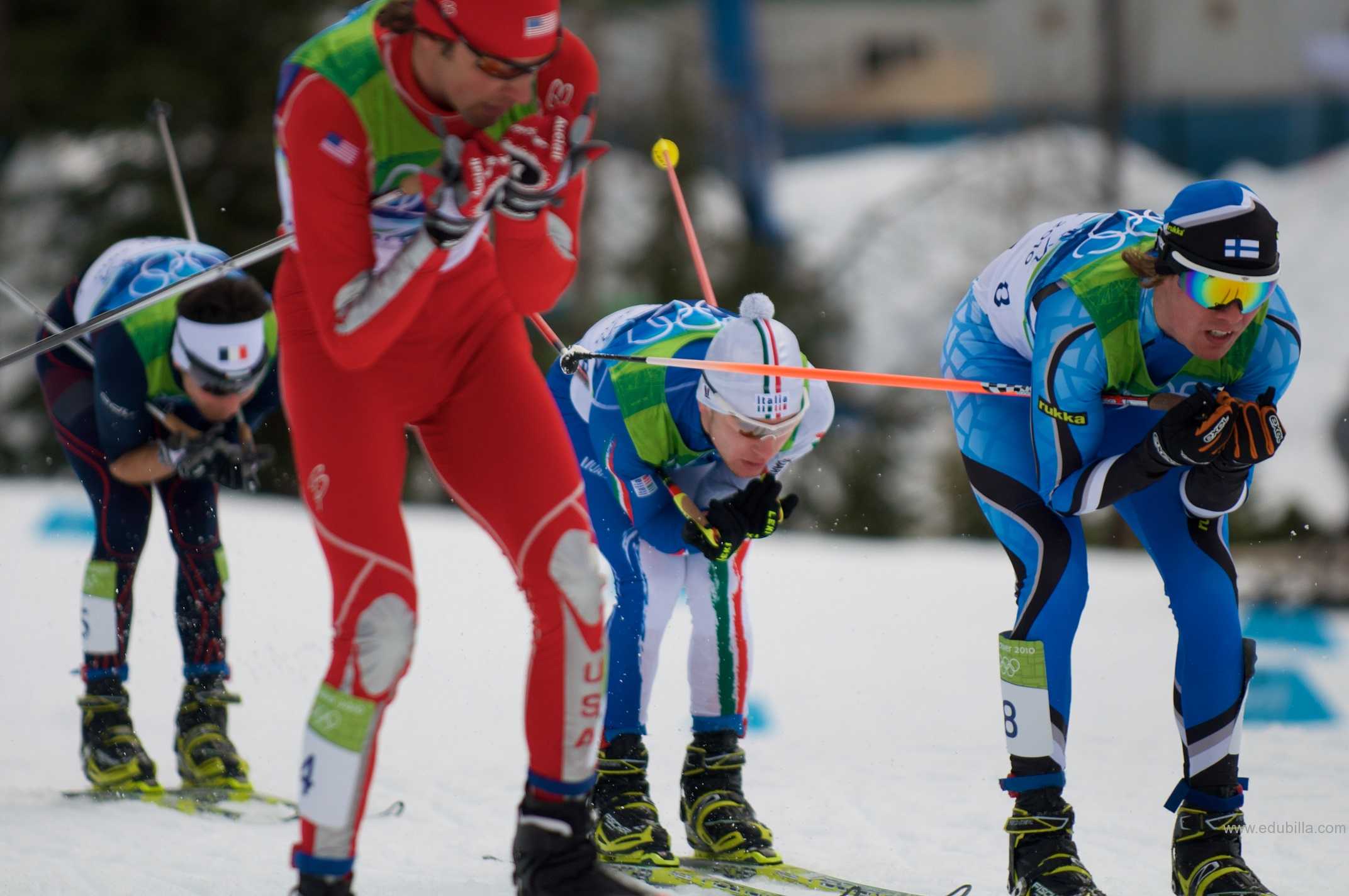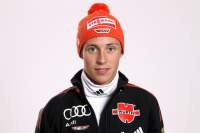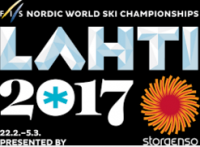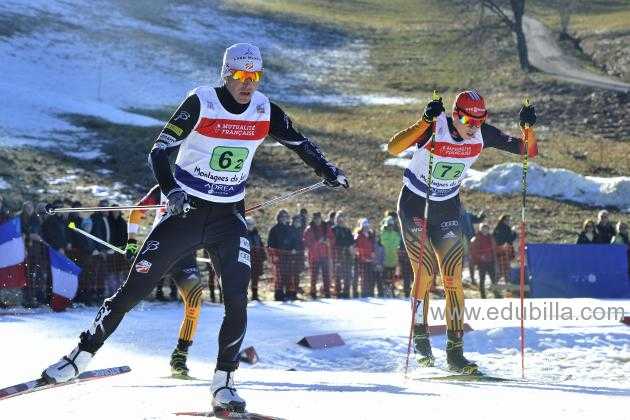
Overview Of Nordic combined
The Nordic combined is a winter sport in which athletes compete in cross-country skiing and ski jumping. Nordic combined at the Winter Olympics and the FIS Nordic Combined World Cup are ongoing. There is no women's competition sanctioned by the International Ski Federation.
Event:
The individual event, or a Gunderson event, consists of one jump on either the small hill or the large hill, followed by a 10-kilometer cross-country race. On the small hill, athletes will typically jump between 70 to 110 meters, whereas on the large hill, they will jump between 90 and 145 meters. Each jump has a specific size that classifies how big the jump is. Regardless of what size hill the competition is held, on the jumpers will be judged by five style judges. The high and the low score will be thrown out, leaving a score for style. The distance the athlete jumps will also be converted to points. The total number of points the jumper receives is then converted into a time. This time helps to determine the starting order of the cross-country portion of the event. The winner of the jumping will be the competitor with the best-combined distance and style score.
Team event:
The team event consists of four athletes. Each athlete will take one jump, and the total of all four jumps will be added up and converted to a time. Each competitor will then complete a portion of a 4 x 5-kilometer pursuit relay race, tagging off to their teammate after each five-kilometer leg. The same principal applies for the team event as an individual event; the first team to complete the race wins the event.
Competition:
Formats and variations currently used in the World Cup are:
Individual Gundersen: competition starts with one competition jump from a normal or large hill. Later on the same day, the 10 kilometre cross-country race takes place. The winner starts at 00:00:00 and all other athletes start with time disadvantages according to their jumping score. The first to cross the finish line is the winner. A variation of this is the Final Individual Gundersen, consisting of two jumps and 15 kilometres of cross-country skiing in free technique.
Nordic Combined Triple: introduced in the 2013–14 FIS Nordic Combined World Cup, it features three different events on three days and one overall winner who is awarded extra World Cup points and prize money:
Day 1: 1 jump & 5 km Prologue
Day 2: 1 jump & 10 km Individual Gundersen (Top 50 from Day 1's competition)
Day 3: 2 jumps & 15 km Final Individual Gundersen (Top 30 from Day 2's competition)
Team Event: introduced in the 1980s, one team consists of four athletes who have one competition jump each. The total score of all four athletes determines the time disadvantages for the start of the ensuing 5 km cross-country race. The first team to cross the finish line wins.
Team Sprint: teams consist of two athletes each. In the ski jumping part, every athlete makes one competition jump like in the Individual Gundersen or Team Event formats and the time behind for the start of the successive cross-country race. The team to arrive first at the finish line wins the competition.
Included in the rules but currently not used in World Cup:
Penalty Race: instead adding a time disadvantage, distance is added to the cross-country part.
Mass Start: the only format in which the cross-country part takes place before the ski jumping. All competitors start into a 10 kilometre cross-country race in free technique at the same time. The final cross-country times are then converted into points for the ski jumping part. The winner is determined in a points-based system.
Events in the Olympics are: the sprint K120 individual, ski jumping K90 (70m), and Team/4x5km.
Game Rules
1)Competition Rules:
This rule applies to World Cup competitions. For Tournaments (e.g. World, European or National Championships, Olympics etc.) rule 2) applies. All bets are settled on the official classification at the time of the podium presentation. If a competition is interrupted or postponed but is held within 80 hours after the original start date then all bets on the event are valid. If the event does not take place within 80 hours after the original start date then all bets will be void.
2.) Major Tournament Rules:
All bets are settled on the official classification at the time of the podium presentation (flower ceremony). When a betting event within a sporting tournament (e.g. World, European or National Championships, Olympics etc.) is postponed within the official time allocated for the event, all transacted bets remain valid. If the betting event is unable to commence within the official time allocated for the major sporting event, all bets are void.
3.) Antepost/Outright winner (others on request):
If a selection is disqualified for whatever reasons then all bets on this selection will be settled as “lost”. Should the race be won by an athlete/nation on which no odds had been offered then the betting option “Any other not listed” will be the winner, except if this option is not offered - then all bets will be settled as “lost”.
In case there is an option for “Others on Request”, odds can be offered on athletes that do not appear in the original list of participants on customers´ request.
4.) Finish in Top 3 (others on request):
This rule applies to various numbers of “Top”-rankings (e.g. Top 5, Top 10). If a selection is disqualified for whatever reasons then all bets on this selection will be settled as “lost”. Should one or more of the respective “Top”-rankings be occupied by an athlete/nation on which no odds had been offered then only bets on athletes/nations that finish in the “Top”-rankings and that odds had been offered on will be settled as “won”.
In case there is an option for “Others on Request”, odds can be offered on athletes that do not appear in the original list of participants on customers´ request.
5.) Head-to-Head (H2H):
The winner will be the athlete/nation who is placed higher in the event. If an athlete/nation is disqualified or does not finish the event for any reason, then the other athlete/nation is deemed the winner. If both athletes/nations are disqualified or do not finish the event for any other reason then all bets will be void.
Equipments Need For Nordic combined
Ski Jump
Bindings
The binding must be mounted parallel to the run-direction. The binding must be placed in such a way that a maximum 57% of the entire ski length is used as the front part.
Boots
High-backed, flexible yet firm boots with a low cut at the front. They are designed to allow the skier to lean forward during flight.
Connection cord
Part of the binding; a cord that attaches the ski to the boot and prevents the wobbling of skis during flight.
Ski Jumping suit
All portions of the ski jumping suit must be made of the same material and must show a certain air permeability. The size of the suit must conform to the body shape in an upright position with certain tolerances.
Jumping skis
Jumping skis are manufactured especially for use on ski jumping hills. Skis with a length of a maximum 146% of the total body height of the competitor may be used. The curvature and shape of the skis is restricted by certain geometric features.
Cross-Country
Bindings
Bindings secure only the toe of the boot to the ski.
Boots
The skating shoe is fixed to the ski with a binding, holding the toe firm. The rear of the boot is built up to shore up the ankle, which is constantly under pressure in skating technique.
Poles
Long and straight, often reaching up as high as a competitor's chin, with a specially shaped basket designed to allow skiers to push hard and evacuate snow.
Skis
Narrower and lighter than those used in Alpine skiing. They have long, curved ends and rise up slightly in the middle. They can be up to 2m long.
Suit
Uses stretch fabric hugging the body, similar to a runner’s training clothing. Woollies and thick socks are definitely no longer fashionable.
Wax
Glide wax is crucial and determined by snow and weather conditions.
History Of Nordic combined
Nordic combined - Timeline
1924
The first Nordic combined consists of an 18km cross-country race followed by two jumps from the ski jumping normal hill. Thirty skiers from nine countries compete, but only one nation reached the podium. Norway would sweep the medals at the first Winter Games – a trend that would continue for the next three Olympics.
1948
After claiming the first 12 medals awarded in the Nordic combined, Norway fails to reach the podium in St. Moritz. Finland takes the gold and silver while Sweden gets the bronze.
1948
Skiers get three jumps, with only the top two counting.
1956
Ski jump is held first, followed by cross-country race, which is reduced to 15 km.
1972
East Germany’s Ulrich Wehling wins his first of three consecutive gold medals – he remains the only competitor with three individual golds.
1988
Gundersen scoring method introduced, with ski jumping now being held before the cross-country race, with the winner of the race winning the event. The pursuit race has the athlete with the best mark in the ski jump go first, with the rest of the field following based on their points in the jump. The differences of points in the jump determine how many seconds pass between competitors.
1988
Team event is added to the program, consisting of a 3x10km relay with each competitor taking three jumps from the large hill, with the best two counting.
1994
All competitors now take two jumps, with both counting.
1998
Team event is changed to a 4x5km relay.
2002
Sprint event is introduced, with athletes taking one jump from the large hill followed by a 7.5km race.
2002
Format is changed so the ski jump and cross-country race take place on the same day. Time between events can range anywhere from 35 minutes to a couple hours depending when competitor jumped.
2010
The 15km cross-country race is shortened to a 10km and paired with one normal hill jump. The 7.5km race is replaced by a 10km race and one large hill jump. Team event is changed to a single jump per athlete.
2010
United States wins its first medals in the Nordic combined, claiming a gold and three silvers in the three events. No other country won more than two medals in Vancouver.
Origin Of Nordic combined
This sport has been around since the early 1800s when communities in Norway would gather for winter carnivals. These carnivals always included athletics and this event determined the all-around winner. Nordic combined individual events (both normal hill and large hill) have been a part of the Winter Olympics since 1924; however, the team event was only added in 1988.
Norwegian origins:
For centuries in the snow-covered North, skis were required to chase game and gather firewood in winter time. With long distances between the small, isolated communities and hard, snowy winters, skiing also became important as means of keeping in social contact. The word “ski” is a Norwegian word which comes from the Old Norse word “skid”, a split length of wood.
Holmenkollen ski festival:
The famous Holmenkollen ski festival started in 1892 where the main attraction was the Nordic combined event. The festival proved popular and soon attracted skiers from Sweden and other neighbouring countries. In fact King Olav V of Norway was himself an able jumper and competed in the Holmenkollen Ski Festival in the 1920s.
Nordic dominance:
Nordic combined individual events have featured in every Games since the first Olympic Winter Games in Chamonix in 1924. Unsurprisingly, the sport has been dominated by the Norwegians, supported by the Finns. Indeed, it was not until 1960 that the Nordic grip on Olympic triumphs in this discipline was finally broken when West German Georg Thoma won the gold medal at Squaw Valley in 1960.
Governing Bodies
International Ski Federation(FIS):
International Ski Federation is the world highest governing body for international skiing and snowboarding founded in 1924.
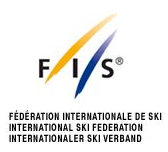
It is responsible for the Olympic disciplines of Alpine skiing, Cross-Country skiing, Ski Jumping, Nordic Combined, Freestyle skiing and Snowboarding including setting the international competition rules. The organization now has a membership of 118 national ski associations and is based in Oberhofen am Thunersee, Switzerland.
Ski disciplines:
The federation organises the following ski sport disciplines, for which it oversees World Cup competitions and World Championships:
-Alpine skiing
-Snowboarding
-Nordic skiing
-Freestyle skiing
Structure:
The FIS organisational structure has been developed to maximize the ability for FIS to meet its goals as the international governing body for skiing and snowboarding.
The FIS Congress (or General Assembly) elects the 17 member Council (Executive Board) every two years that oversees activities between Congresses. In order to advise the Council, it nominates members to specialist Technical Committees, sub-committees and working groups that serve as advisory bodies.
The following diagram depicts the organisational structure of FIS:

To Visit FIS Click Here
Awards Related To Nordic combined
Nordic Combined Coach of the Year:
The USSA Coach of the Year Award recognizes outstanding contribution to development and international programs by a coach resulting in high-level performance by his or her athletes in competition during the past season. Coaches of the year are recognized for their leadership, commitment, sport knowledge and passion, including proven ability to foster athletic excellence amongst their consituents or teams.
FIS Nordic Combined Awards:
FIS recognized for outstanding performances in four categories:
Athlete of the Year“, „Rookie of the Year“, „Nordic Combined moment of the year“ and a Civic Service Award to honour special social commitment and initiatives by Nordic Combined athletes.
Sample Documents Of Nordic combined
-Michael Jordan



